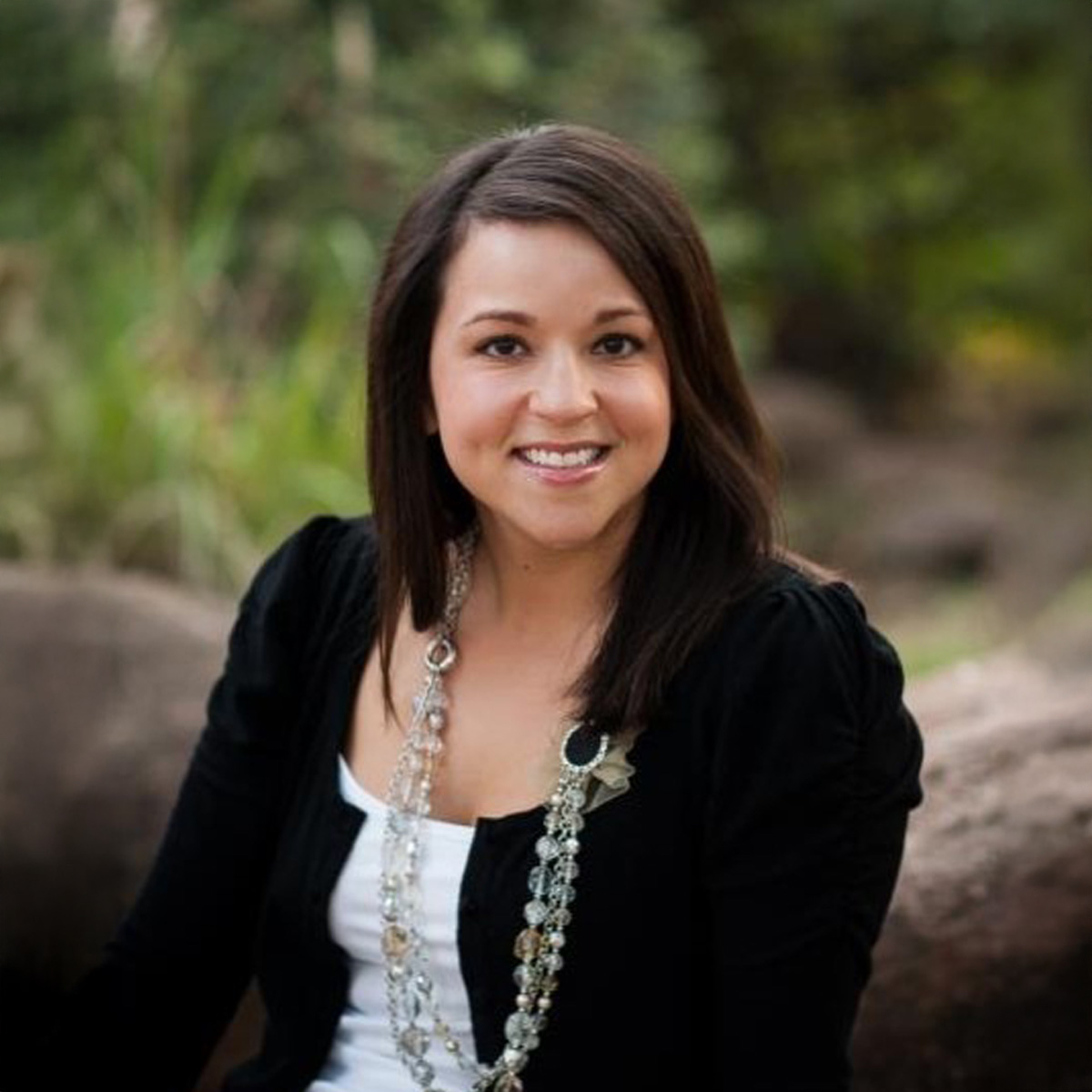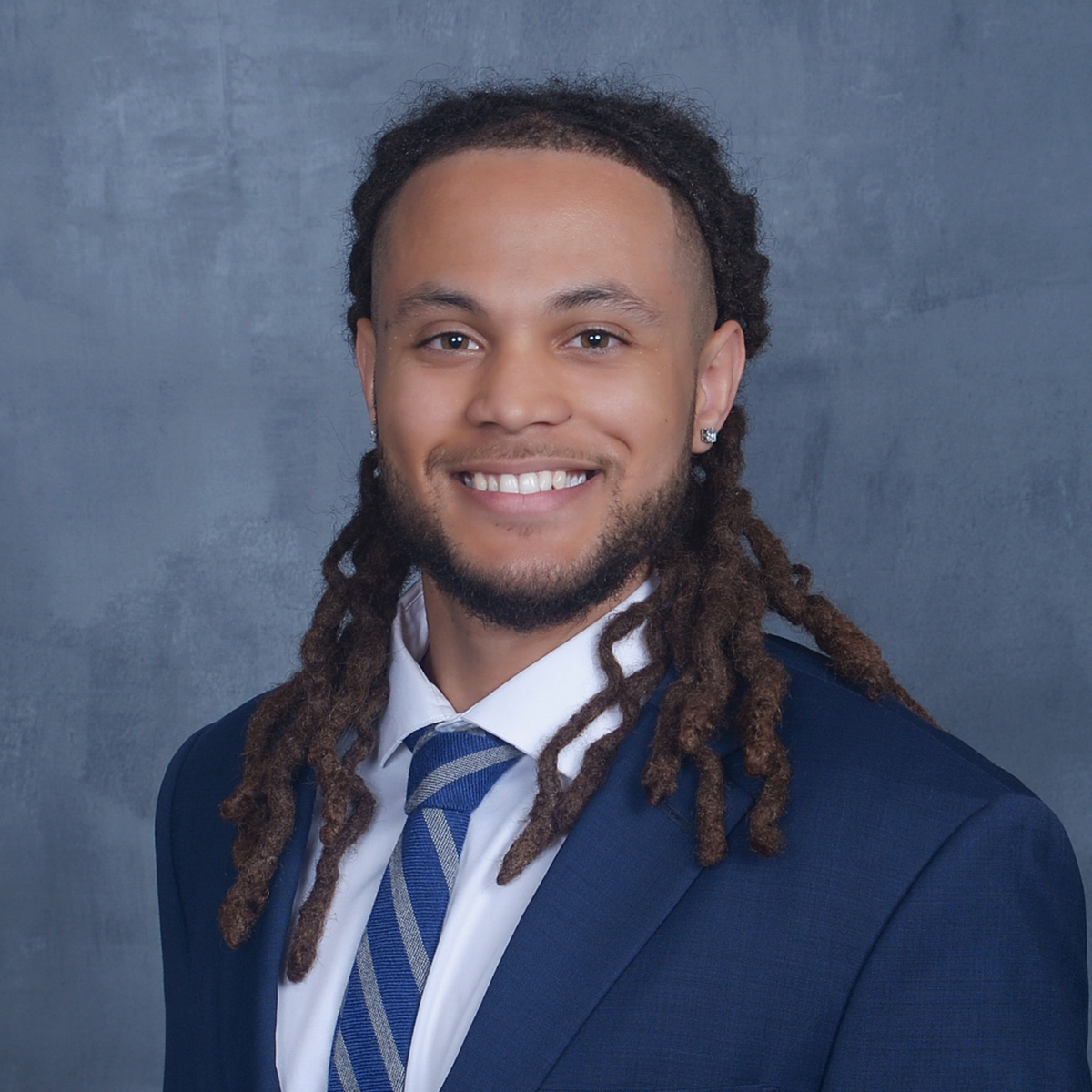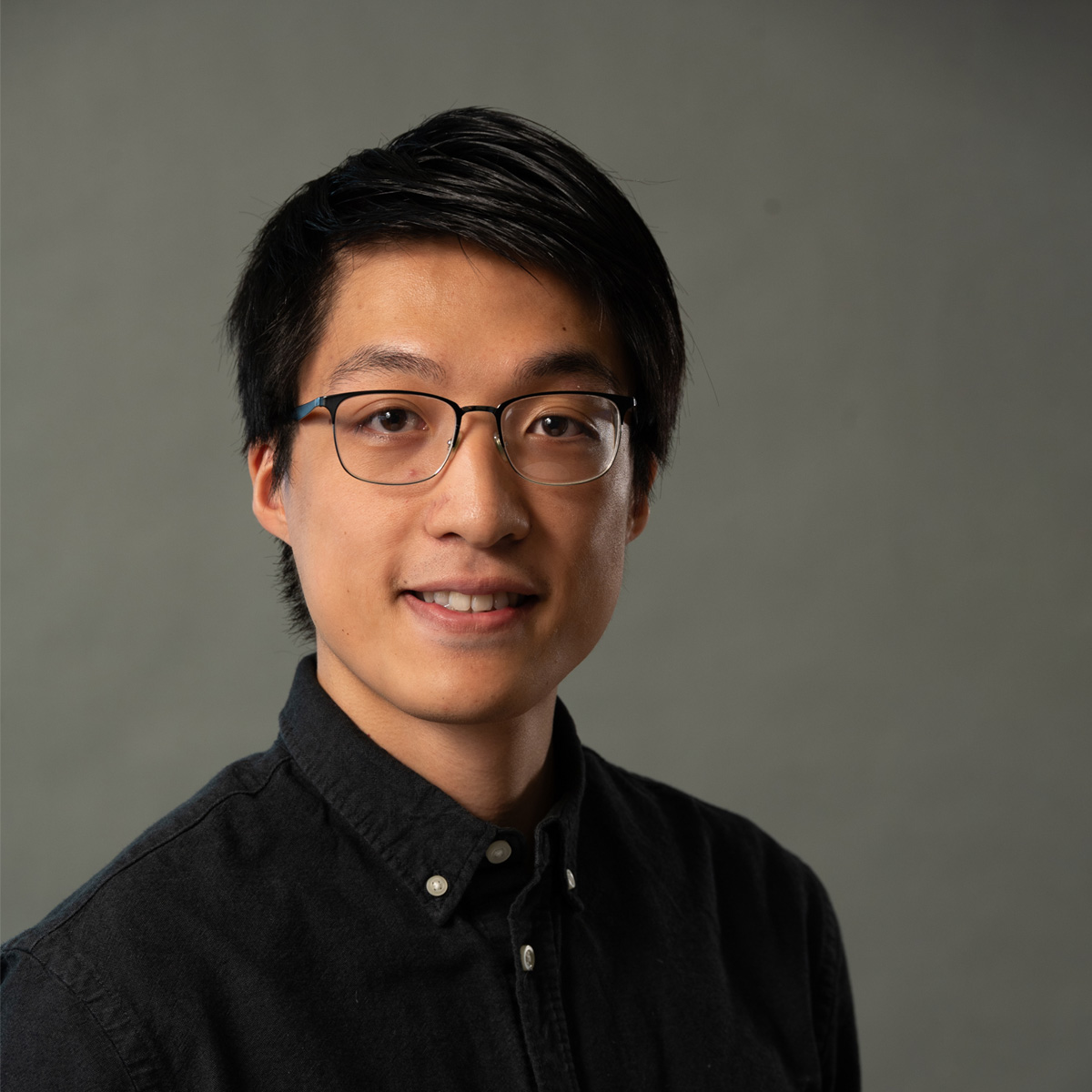Posted on March 18, 2021 by College of Sciences
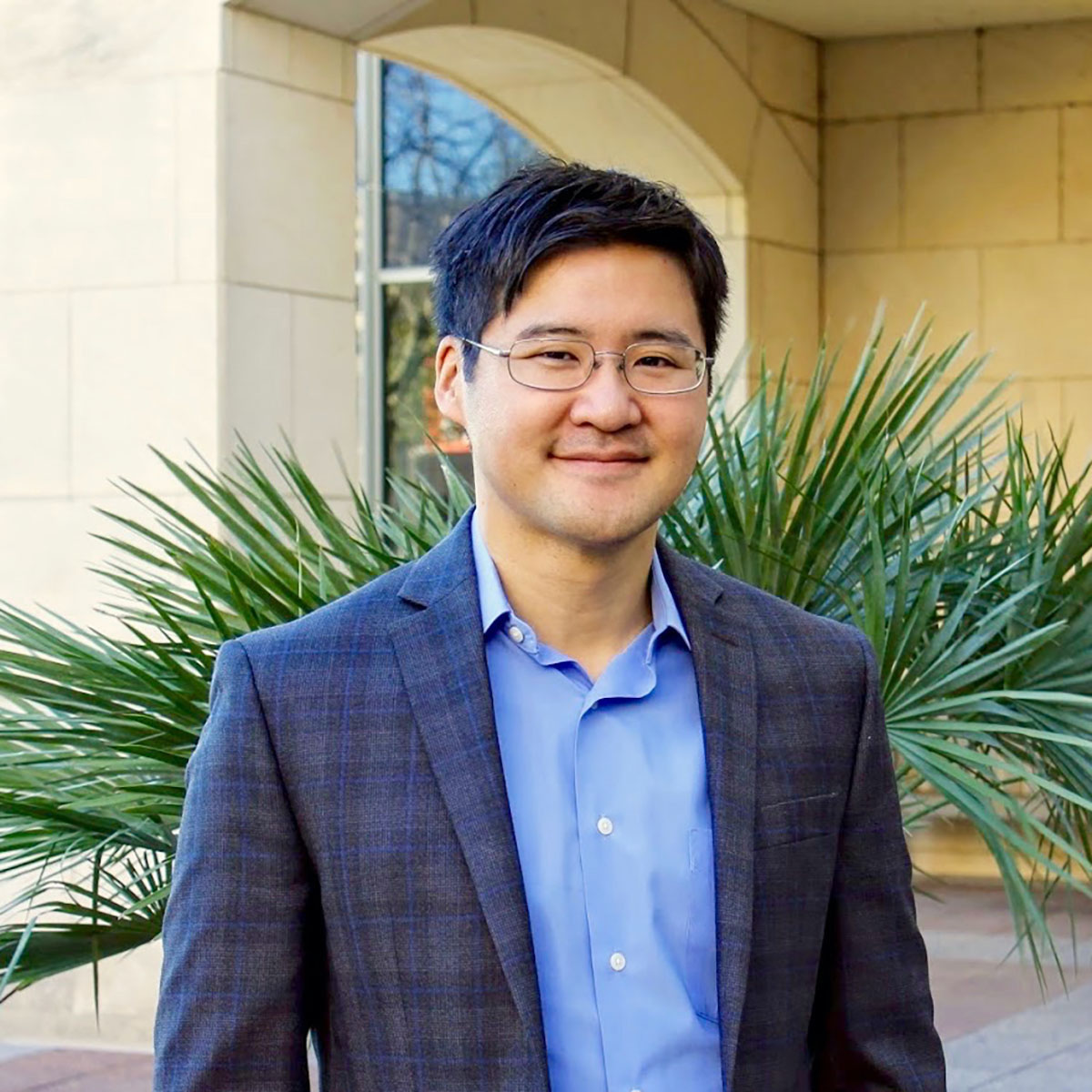
Francis Yoshimoto, Ph.D., Department of Chemistry
What did your journey to UTSA look like?
I began my academic research journey as an undergraduate student in a synthetic organic chemistry lab at UC Berkeley led by Professor Richmond Sarpong. My doctoral studies transitioned to a biochemistry setting at UT Southwestern Medical Center, but I was able to continue to apply organic chemistry to the biochemical problem I was solving in the lab of Professor Richard Auchus, a world-renowned endocrinologist.
I continued my interdisciplinary training as a postdoctoral researcher at Vanderbilt University School of Medicine in Nashville, Tennessee in the lab of Professor Fred Guengerich, whose lab was the first to isolate and characterize four of the five major drug metabolizing P450 enzymes in humans. With these valuable experiences as a trainee, UTSA had a posting for an assistant professor in 2015, who would be expected to carry out research at the interface of chemistry and biology and also by employing a technique called mass spectrometry. I felt that I was a perfect match for the opening and I reached out to my contact, Professor Doug Frantz, who was actually one of my thesis committee members in grad school and moved to UTSA in 2009.
What do you enjoy most about your area of study?
I enjoy that I get to directly solve human health problems with my area of study. My research lab tackles human health problems by combining aspects from both chemistry and biology. The students that work in my lab receive hands-on interdisciplinary training, and as a result, get to see a more global view of their research problem. In other words, they really learn to understand all aspects of their research from a chemist's and biologist's perspective.
Tell me about your research related to COVID-19.
When we had a stay-at-home order back in March of 2020 due to the pandemic, I felt powerless. I really wanted to be able to do something for all of our situation, but unfortunately, very little was known about SARS CoV-2, the virus that first appeared in December 2019 and caused COVID-19.
During our mandatory stay-at-home order, I decided to explore more about SARS CoV-2, only to find out that it had 11 genes - a very small number compared to the 20,000 genes present in humans. I thought to myself: how could such a small organism cause such a devastating global problem? I explored further and asked more questions to hopefully be able to clearly explain how this virus operates. To address the unknown features, I decided to directly compare the individual proteins found in SARS CoV-1, the virus that caused the outbreak in 2003, to the proteins in SARS CoV-2. I did more literature investigations to explain the biochemistry of the proteins of SARS CoV-2 by comparing these proteins to the previously studied virus. The paper was published in The Protein Journal and has since been used as a resource by the World Health Organization (WHO).
I expanded on the initial paper by updating the research that had been done since the original publication in May 2020. Many researchers all over the world had heroically continued the work to investigate SARS CoV-2 proteins so that we can finally put an end to this devastating situation. I published a recent update on the SARS CoV-2 proteins in February 2021 to attempt to summarize some of the global effort to understand SARS CoV-2 into one document. Summarizing everything is impossible since March 2021 there have been 111,964 documents on the topic of COVID-19 published according to the National Library of Medicine. I also made some more sequence comparisons and other structural alignments to provide new insights in the update in February. In the end, I hope that these efforts will help us the next time this happens.
What is your proudest moment with the COS?
I have many proud moments but all of them have one thing in common: it is when I invest a lot of time individually with a student either in the research lab or the classroom and I get to see the student grow into someone who masters the subject material that I am teaching them.
There are a handful of students that I had the privilege of being able to teach this way in the lab setting, but the end result is so rewarding. To be able to see the excitement and the gratitude of the student is priceless. The student's enthusiasm for the subject grows and their positivity is contagious. I often realize that the work that the student is doing is that of the work of a team of scientists, who already have PhDs. In our case, the student is often an undergrad at UTSA!
How would you spend your ideal Saturday?
My ideal Saturday is spent by resting with my family. I enjoy the interaction with my students during the week, but I also enjoy the time I get to spend with my family.
What are your book recommendations?
Although I haven't had the time to read it yet, a good college friend had recommended to me a book called Interior Chinatown, which is about an aspiring Asian American Kung Fu movie star, and his journey to achieve his dream. I felt a deep connection to the protagonist in many ways. Additionally, one of the characters in the book loves karaoke just like me!
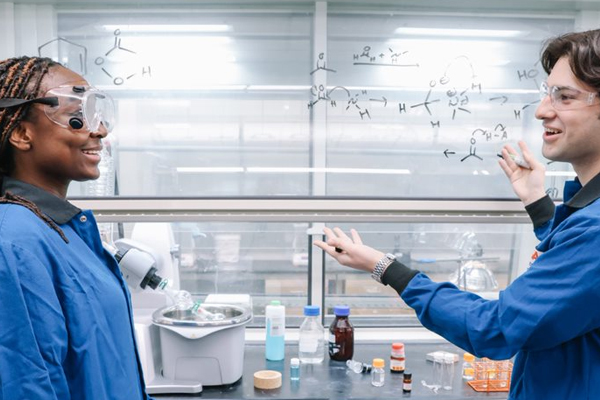
Explore the Chemistry Department!
Promoting scientific literacy through creative research and advances in education, including collaborations within and beyond the university. Students have access to strong research programs, state-of-the-art resources, and competitive financial support.
Recent Chemistry Spotlights
View More Spotlights